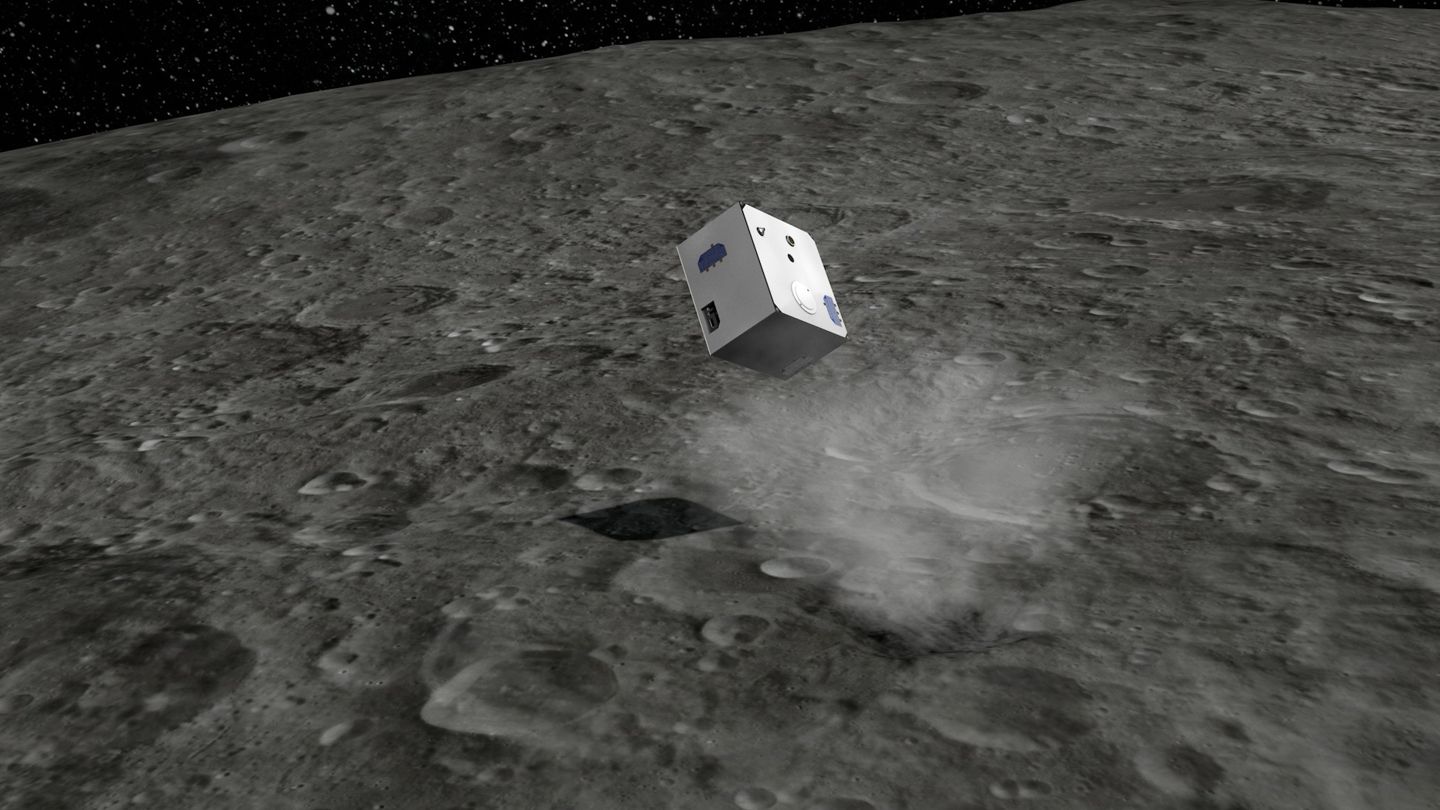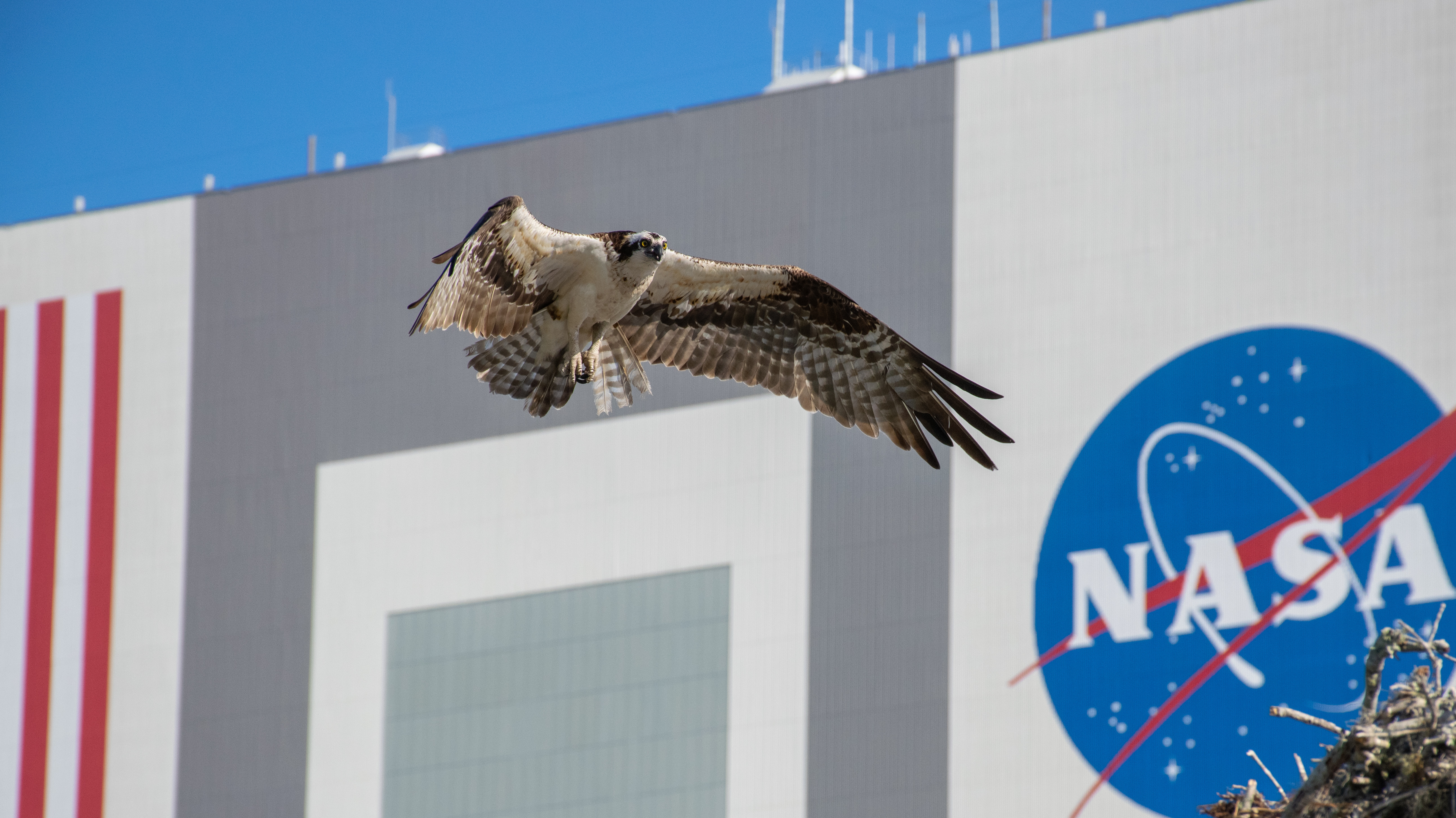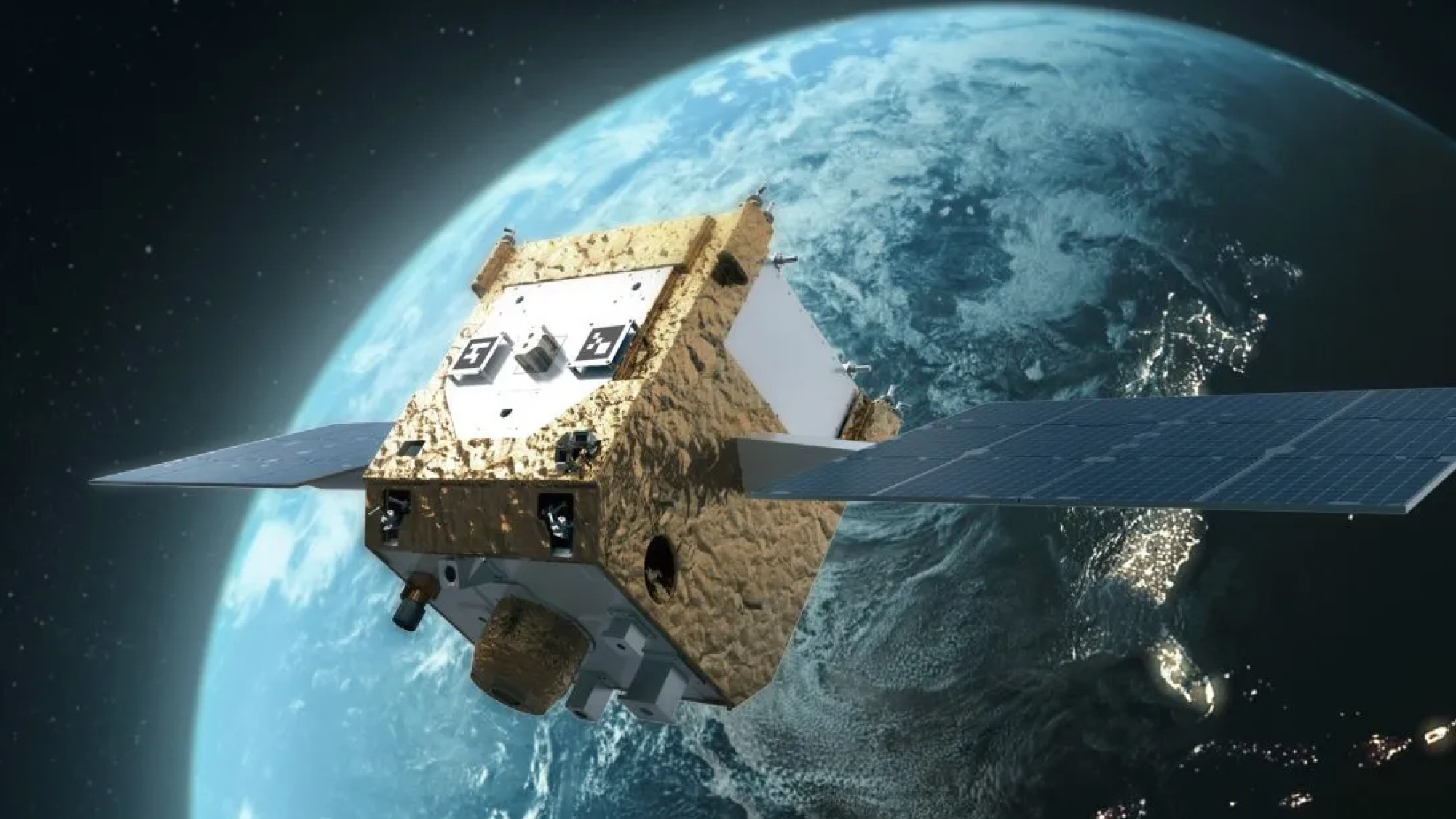
The hopping asteroid lander MASCOT may be dead, but its bloodline will live on — and get to explore the Mars system a few years from now.
A rover will be incorporated into Japan's Martian Moons Exploration (MMX) sample-return mission, which is scheduled to launch in 2024, Japanese, German and French space officials announced Wednesday (Oct. 3).
Like MASCOT, which explored the 3,000-foot-wide (900 meters) asteroid Ryugu for 17 hours this week, the new robot will be built by the German Aerospace Center, known by its German acronym DLR, in collaboration with the French space agency, CNES. [Japan's Hayabusa2 Asteroid Ryugu Mission in Pictures]
MMX aims to return a sample of the 14-mile-wide (22 kilometers) Mars moon Phobos to Earth in 2029. The newly announced rover will facilitate that work and also collect some important data of its own.
"The rover is to analyze the surface regolith and configuration in great detail to optimize the MMX landing and sample-return operation," officials with the Japan Aerospace Exploration Agency (JAXA), DLR and CNES said in a joint statement Wednesday (Oct. 3).
"This process is expected not only to reduce the mission risk but also to achieve scientific result as the rover acquires surface data in advance of the physical sample return to the Earth," the officials added.
The main goal of the MMX mission involves determining the origin of Phobos and Deimos, Mars' other moon, which is similarly small. Scientists aren't sure where the two moons came from; some think that they're captured asteroids, for example, whereas others think they're composed of material blasted off the Red Planet by a powerful impact.
Get the Space.com Newsletter
Breaking space news, the latest updates on rocket launches, skywatching events and more!
The space officials specifically cited MASCOT (which is short for "Mobile Asteroid Surface Scout") in their statement, declaring that the newly announced robot will "follow" the asteroid hopper. But the MMX robot won't be a MASCOT clone.
For example, the Phobos surface craft will be solar powered, allowing it to operate for several months on the satellite's cratered surface. MASCOT, by contrast, relied on a non-rechargeable lithium-ion battery.

And the statement calls MASCOT a lander but repeatedly refers to the new robot as a rover, suggesting that there could be significant differences in how (or how often) the two robots move. (That being said, it's likely the Phobos bot will also hop, given the low-gravity environment of the Martian moon.)
MASCOT flew to Ryugu aboard the $150 million Hayabusa2 mission, which is led by JAXA. The Hayabusa2 mothership also deployed two tiny, solar-powered hoppers, known as MINERVA-II1A and MINERVA-II1b, last month; these little fellows remain active on Ryugu's surface today.
Hayabusa2 is also a sample-return mission. If all goes according to plan, Ryugu material snagged by the mothership will make it back to Earth in December of 2020.
Mike Wall's book about the search for alien life, "Out There," will be published on Nov. 13. Follow him on Twitter @michaeldwall and Google+. Follow us @Spacedotcom, Facebook or Google+. Originally published on Space.com.
Join our Space Forums to keep talking space on the latest missions, night sky and more! And if you have a news tip, correction or comment, let us know at: community@space.com.

Michael Wall is a Senior Space Writer with Space.com and joined the team in 2010. He primarily covers exoplanets, spaceflight and military space, but has been known to dabble in the space art beat. His book about the search for alien life, "Out There," was published on Nov. 13, 2018. Before becoming a science writer, Michael worked as a herpetologist and wildlife biologist. He has a Ph.D. in evolutionary biology from the University of Sydney, Australia, a bachelor's degree from the University of Arizona, and a graduate certificate in science writing from the University of California, Santa Cruz. To find out what his latest project is, you can follow Michael on Twitter.









